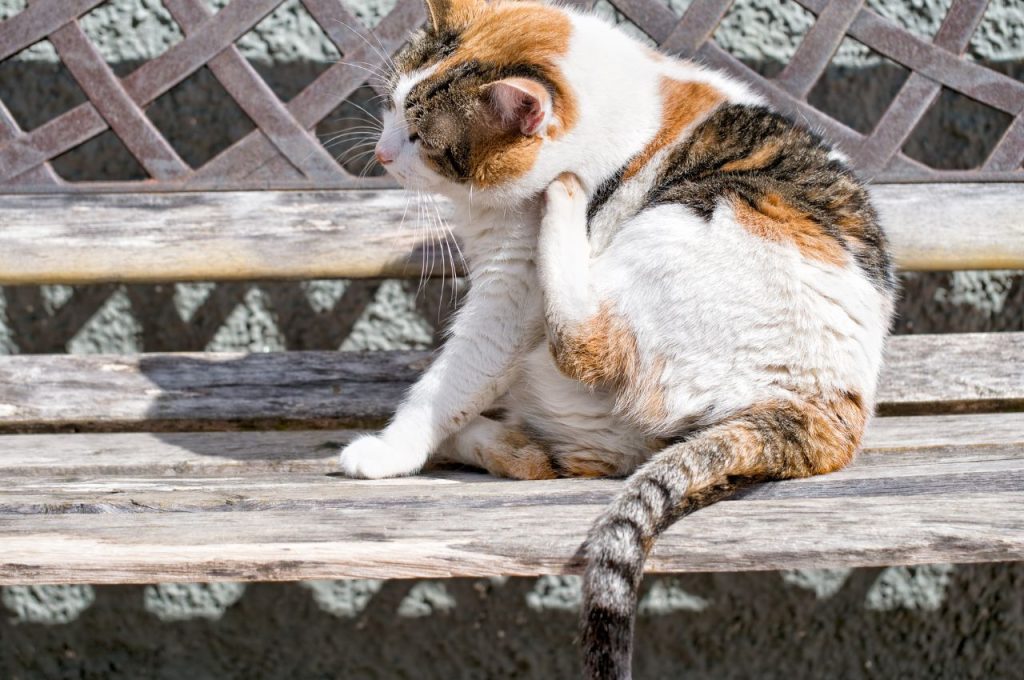Are you tired of constantly being scratched by your beloved feline companion? Do you wish there was a way to train your cat to keep those sharp claws away from your precious skin? Well, you’re in luck! In this guide, we will explore effective techniques and strategies to help you train your cats not to scratch you. With a little patience and consistency, you can create a harmonious relationship with your furry friend, where scratching is no longer a cause for concern.
Cats have an instinct to scratch, as it helps them stretch their muscles, remove the dead outer layer of their claws, and mark their region. However, when this behavior becomes directed towards you, it can be both painful and frustrating. But fear not! In this comprehensive guide, we will delve into the world of cat behavior and provide you with practical tips and tricks to redirect your cat’s scratching habits.
From providing appropriate scratching surfaces to understanding your cat’s body language, you’ll gain the knowledge and tools necessary to train your cat to keep those claws away from you. So, get ready to embark on a journey towards a scratch-free existence with your feline friend!
How to Train Cats Not to Scratch You
In this informative guide, we will provide you with step-by-step details on how to train your cats not to scratch you. Cats have an instinct to scratch, and while it’s important to understand and respect their behavior, it is also crucial to establish boundaries to ensure a harmonious relationship between you and your feline friend.

Provide Appropriate Scratching Surfaces
The first step in training your cat not to scratch you is to provide them with suitable scratching surfaces. Cats scratch to maintain their claws, stretch their muscles, and mark their territory. By offering them alternative options, you can redirect their scratching behavior away from you.
Invest in a sturdy scratching post made of sisal or cardboard, as these materials are appealing to cats. Place the post in a prominent location in your home, preferably near areas where your cat frequently scratches. Encourage your cat to use the post by gently guiding their paws on it and rewarding them with treats or praise when they engage with it.
Use Positive Reinforcement
Positive reinforcement is a powerful tool in training cats. Whenever your cat exhibits desirable behavior, such as using the scratching post instead of scratching you, reward them with treats or affection. This positive association will encourage them to repeat the behavior.

On the other hand, avoid punishing your cat for scratching you. Negative reinforcement can lead to fear or aggression, which may worsen the scratching problem. Instead, redirect their attention to the scratching post and praise them when they choose to use it.
Trim Your Cat’s Claws Regularly
Regular nail trimming is essential to prevent accidental scratches. Get a pair of cat nail clippers and familiarize yourself with the process. Begin by gently handling your cat’s paws and gradually introduce them to the clippers. Be cautious not to cut too close to the quick, as it can cause pain and bleeding. If you’re unsure, consult a veterinarian or a professional groomer.
Discourage Unwanted Behavior
If your cat persists in scratching you or other inappropriate surfaces, use a firm but gentle voice to say “no” and gently remove them from the area. Avoid yelling or physically punishing your cat, as this can cause fear or anxiety and may worsen the behavior.
Make nail trimming a positive experience for your cat by rewarding them with treats and praise afterward. By keeping their nails short, the likelihood of scratches during play or interaction decreases significantly.

Frequently Asked Questions
Here are some common questions about how to train cats not to scratch you:
Q: How can I protect myself from cat scratches?
A: To protect yourself from cat scratches, it is important to trim your cat’s nails regularly. This will make their claws less sharp and reduce the damage caused by scratching. You can use a cat nail clipper or take them to a professional groomer to have their nails trimmed.
Additionally, you can provide your cat with appropriate toys and playtime to redirect their energy. Engaging your cat in interactive play sessions will help them burn off excess energy and reduce the likelihood of them scratching you.
Q: How do I discourage my cat from scratching me?
A: One effective way to discourage your cat from scratching you is by using positive reinforcement. Whenever your cat is near you and not scratching, reward them with treats or praise. This will help them associate being calm and gentle with positive experiences.
If your cat does scratch you, avoid reacting with anger or punishment. Instead, calmly redirect their attention to a toy or scratching post. Over time, they will learn that scratching you is not acceptable, and they will be more likely to choose alternative outlets for their scratching behavior.
Q: If my cat continues to scratch despite training, what should I do?
A: If your cat continues to scratch you despite training, it may be helpful to consult with a professional animal behaviorist. They can assess the situation and provide personalized advice and techniques to address the behavior. Additionally, they can help identify any underlying issues that may be contributing to the scratching behavior.
Remember, training a cat takes time and patience. It is important to be consistent in your training efforts and provide alternative outlets for your cat’s scratching needs. With dedication and the right approach, you can help your cat learn appropriate scratching behavior.
Q: Are there any alternatives to declawing my cat?
A: Yes, there are alternatives to declawing your cat. Declawing is a surgical procedure that involves removing the last bone of each toe. It is considered inhumane by many animal welfare organizations and should only be considered as a last resort.
Instead of declawing, you can use soft nail caps that are glued to your cat’s claws. These caps are safe and painless for the cat and can help protect against scratching injuries. Regular nail trimming and providing appropriate scratching surfaces can also help prevent the need for declawing.
Conclusion
Training cats not to scratch you is a process that requires patience, consistency, and understanding. By applying positive reinforcement techniques and providing appropriate outlets for their natural scratching instincts, you can effectively redirect their behavior and build a harmonious relationship between you and your feline companion. Remember, cats are intelligent animals with unique personalities and it is essential to approach their training with compassion and respect. Avoid punishment or physical force, as this can lead to fear and mistrust.
Instead, focus on rewarding the desired behavior and redirecting their attention when they are tempted to scratch. With time and dedication, you can teach your cat that scratching furniture or people is not acceptable, promoting a safe and happy environment for both of you. So, embrace the journey of training your cat and enjoy the rewarding experience of having a well-behaved and satisfied feline friend.
